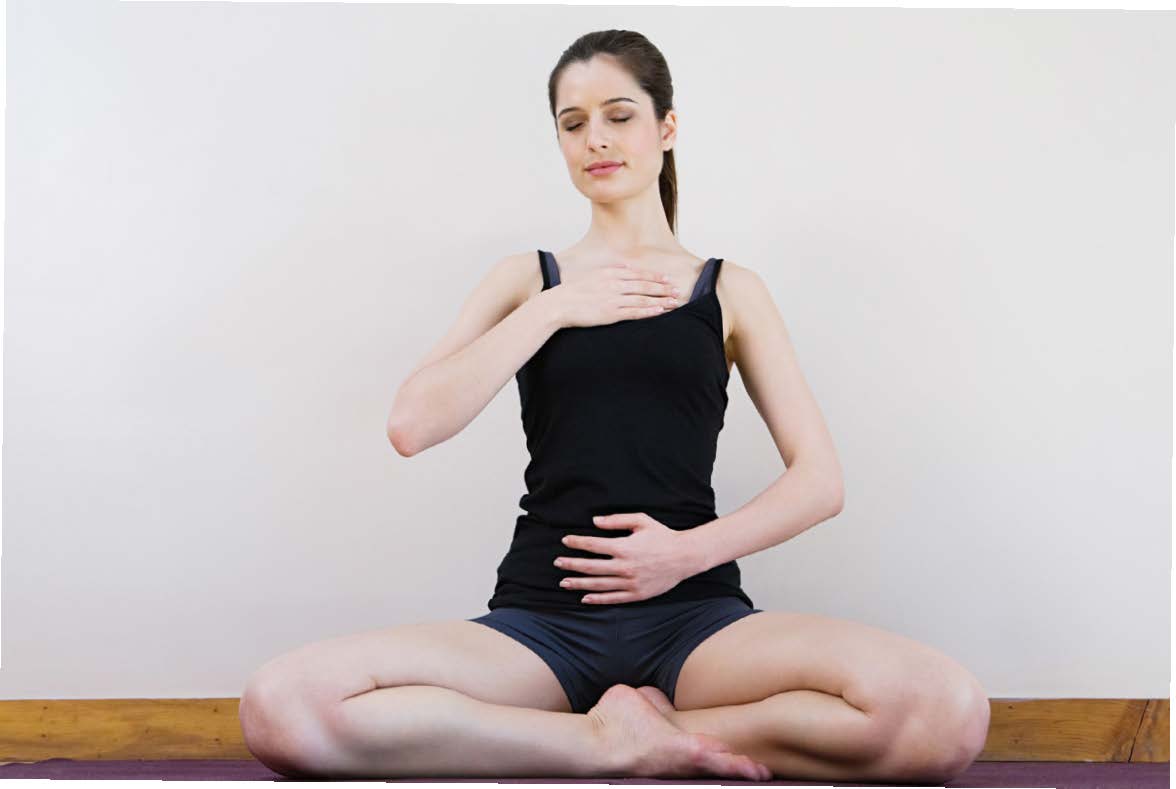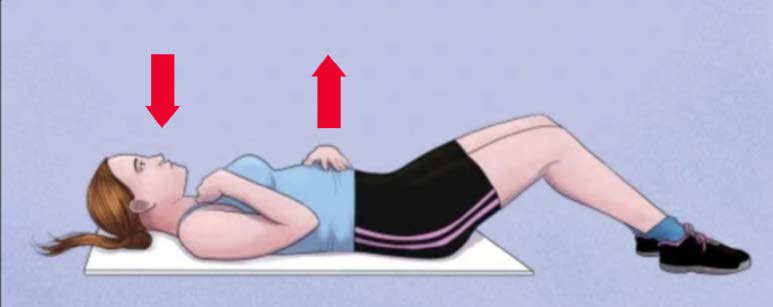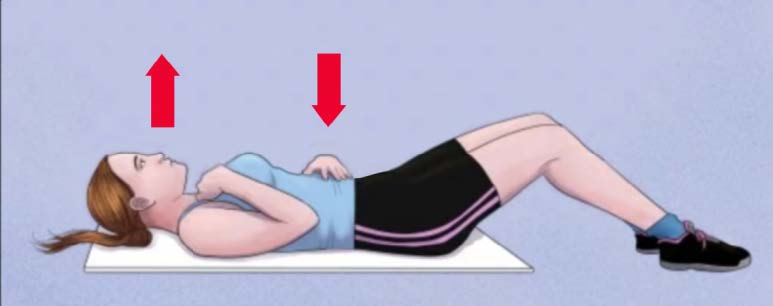KRISTIN MCNEALUS, PT, DPT

Let's Talk About Breathing
If you practice diaphragmatic breathing, you will develop an ability to choose this relaxation response when you start to feel that stress response. This can lower anxiety, it can lessen pain, and it may decrease the risk of stress-related conditions.
Breathing is something we do all day, every day, but I am sure you rarely give it much thought. But how we breathe is related to many of our body's functions. One way of breathing is more of a chest breathing. This is the way we naturally breathe when we are upright and walking – the shoulders rise, and the chest expands.
Now think about how you breathe when you are stressed or anxious. You may be running late, or you cannot figure out why your child is screaming, or maybe your child is sick. This is also how we breathe when we are in pain. What is your breathing like? It is shallow and faster, right? You may even be holding your breath at times without realizing it. This allows for less oxygen to enter the lungs, and therefore the blood. It also increases the amount of carbon dioxide in our blood, which actually increases our anxiety! So, it is a spiral. Our heart rate increases, and our muscles tense. This can exacerbate any pain that we are already in, and any stress we feel.
Can you see why it may be beneficial to pay more attention to our breathing? We may be triggering an overactive sympathetic nervous system, and keeping our bodies in a "fight or flight response."
To get out of this, even if only for a few minutes, we want to focus on diaphragmatic breathing. Diaphragmatic breathing is intended to help you use the diaphragm correctly while breathing to:
- • Strengthen the diaphragm.
- • Decrease the work of breathing by slowing your breathing rate.
- • Decrease oxygen demand.
- • Use less effort and energy to breathe.
The diaphragm sits as a dome into your rib cage, and contracts by flattening out. This makes more room available in the lungs for air to flow in. This movement of the diaphragm massages our parasympathetic system, turning on our "rest and digest" system. This calms down that overactive sympathetic system. This slows our heart rate and helps us digest food more efficiently.
If you practice diaphragmatic breathing, you will develop an ability to choose this relaxation response when you start to feel that stress response. This can lower anxiety, it can lessen pain, and it may decrease the risk of stress-related conditions. Increased stress leads to heart disease, digestive disorders, sleep disorders, depression, and pain syndromes.
When the body is in this stress response frequently, it can divert blood from the gut.
This is because the brain is telling the body to get ready to fight, and the muscles need the blood. Taking this blood from the gut can cause various digestion issues. Our breath is also closely related to our pelvic floor musculature. This can get more complicated, but the pressure created in our bellies by the diaphragm is balanced by out pelvic floor muscles. If you are not provided sufficient pressure on your organs with your diaphragm, your body may increase the tension held in your pelvic floor muscles. This can lead to pelvic pain and/or weakness. Pain can be vague in location and inconsistent. It is often difficult to diagnose.
Weakness can cause some difficulty in holding urine. All because we did not take time to think about our breathing. If any of this sounds familiar, there are physical therapists who specialize in pelvic health. You can find one near you by visiting: pelvicrehab.com
You may notice an increased effort will be needed to use the diaphragm correctly. At first, you may get tired while doing this exercise. But keep at it, because with continued practice, diaphragmatic breathing will become easy and automatic. Practice this exercise 5-10 minutes. Gradually increase the amount of time you spend doing this exercise, and once you feel more comfortable, perhaps even start incorporating this breathing technique into everyday settings. Maybe when you are still in your car before going inside the house, before bedtime after the kids are asleep, or in the morning when you first wake up. You may find that you are able to find a place of a little less stress. Hopefully, it will help ease digestion issues. And maybe you can lower your level of anxiety.
LIVE AND BREATHE : DIAPHRAGMATIC BREATHING EXERCISE

• Lie on your back on a flat surface or in bed, with your knees bent and your head supported. You can use a pillow under your knees to support your legs. Place one hand on your upper chest and the other just below your rib cage. This will allow you to feel your diaphragm move as you breathe.

- • Breathe in slowly through your nose so that your stomach moves out against your hand. The hand on your chest should remain still. Then let the air out in a long, slow exhale and feel the belly deflate like a balloon.
- • When you first learn the diaphragmatic breathing technique, it may be easier for you to follow the instructions lying down. As you gain more practice, you can try the diaphragmatic breathing technique while sitting in a chair.
THE FITNESS PRIORITY
Kristin McNealus, PT, DPT, ATP received her Masters in Physical Therapy from Boston University then went on to earn her Doctorate in Physical Therapy from MGH Institute of Health Professions. She has been a staff physical therapist on inpatient rehabilitation for people with spinal cord injuries at a number of hospitals in Southern California, as well as Director of a community adaptive gym for people with neurological injuries. She is a member of the International Network Spinal Cord Injury Physiotherapists, and has contributed to the APTA Guidelines for Exercising with a SCI. She has completed 3 marathons, and 25 triathlons, including the Ironman! SCI Total Fitness is designed to promote health and wellness for people with physical disabilities.
